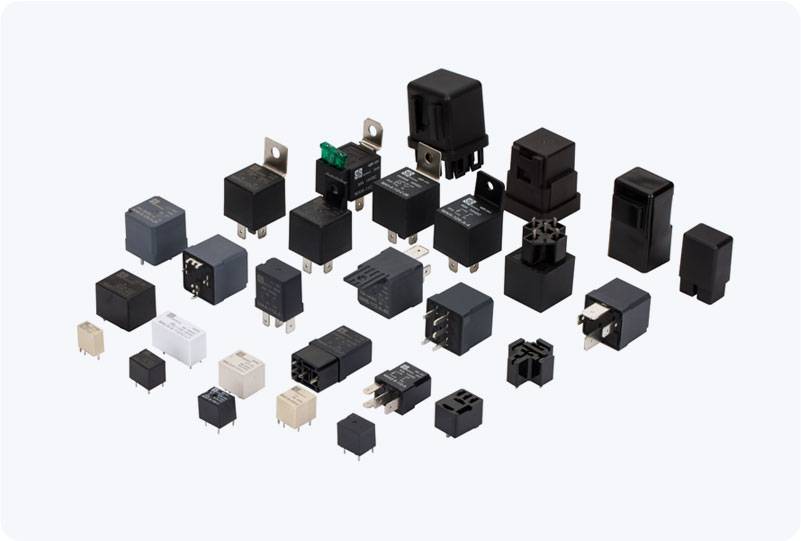As the world moves towards cleaner and more sustainable energy solutions, the automotive industry is undergoing a significant transformation. New Energy Vehicles (NEVs), including fully electric vehicles (EVs) and plug-in hybrid electric vehicles (PHEVs), are at the forefront of this revolution. Central to the safe and efficient operation of these vehicles is the High Voltage DC Relay, a crucial component that helps manage and control the flow of electrical energy within the vehicle’s powertrain. In this article, we will explore the importance of High Voltage DC Relays in New Energy Vehicles, their functionality, and their role in enhancing both safety and performance.

What is a High Voltage DC Relay? A High Voltage DC Relay is an electrical device used to control the flow of high-voltage direct current (DC) electricity within a system. In the context of New Energy Vehicles, this relay is responsible for safely managing the high-voltage electrical circuits that connect the vehicle’s battery, electric motor, and other key components. These relays typically operate in high-voltage ranges, often between 300V and 1000V, and are designed to withstand the challenges of electric vehicle (EV) environments, where performance, safety, and durability are paramount.